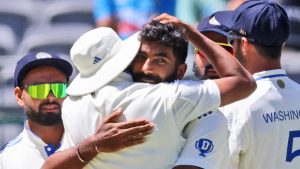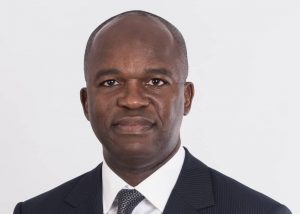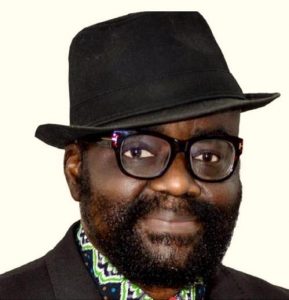Deep receiver class in 2020 NFL Draft will face pressure to contribute immediately
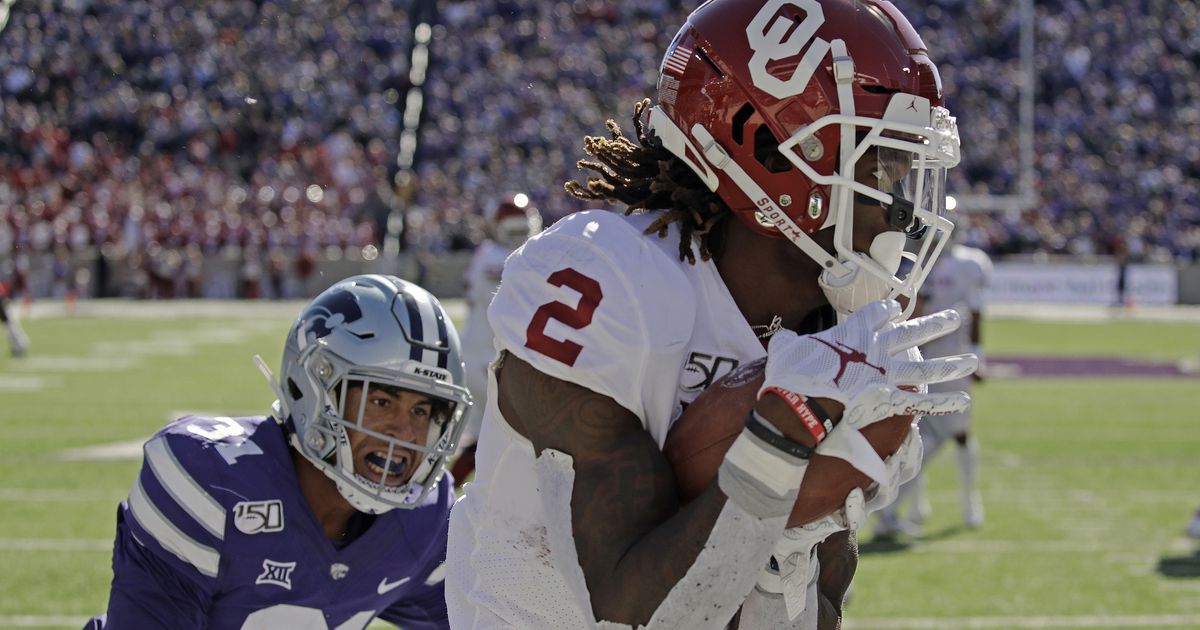
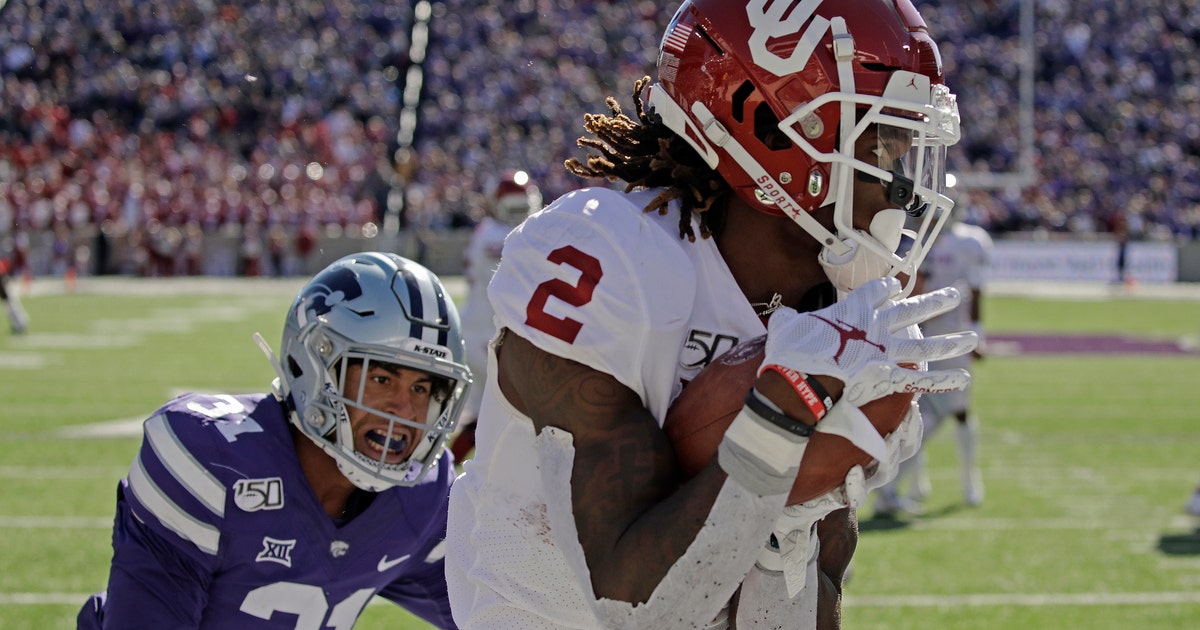
The upcoming NFL Draft features a tantalizing class of wide receivers expected to make an immediate impact as rookies.
It’s a tall task even for an exceptionally deep group that’s expected to produce up to a half dozen first-round picks Thursday night.
Receivers face one of the hardest adjustments to the pros because they have to absorb a monster playbook, beat press coverage and elude D-backs who are quicker, stronger and savvier.
Sometimes the gamble pays off; sometimes it doesn’t.
“One of the things that makes it tough to evaluate is that there’s so much difference playing at the National Football League level because of all the defenses we see and all the adjustments they have to make,” said long-time talent evaluation expert Gil Brandt, a Pro Football Hall of Famer.
Quarterback is the only position with a steeper learning curve, Brandt suggested.
“These guys have to do a lot more things in the NFL as far as adjustments — and do it quickly,” he said. “And the other thing is separation. There’s a lot of guys that can run fast but they can’t separate.”
Mark Dominik, a SiriusXM NFL Radio host and former Buccaneers general manager, said receivers go from facing “18-, 19- and 20-year-old young men who aren’t as strong or as physical as they’re going to end up being” to “going up against a 29-year-old man and it’s a huge difference.
“I think that’s why you see receivers bust, just because of the different player they’re going against.”
That is starting to change, however.
Teams are more willing than ever to bypass the old wait-and-watch standby for a plug-and-play approach with bigger, faster, quicker pass-catchers coming out.
Calvin Ridley and D.J. Moore made big splashes in 2018, followed by Deebo Samuel, DK Metcalf, Marquise Brown, Terry McLaurin and A.J. Brown, who wasted no time establishing their credentials last season.
“Last year was a good year in terms of a bunch of rookies coming in and having a lot of success, but if you look over the last several years, that second- and third-round receiver group has arguably been better than the first-round group,” said NFL Draft analyst Daniel Jeremiah.
“The challenge in scouting the position is it’s almost like two different games for college and the NFL in terms of what routes you’re asked to run, which are very limited at the college level,” Jeremiah said.
“You watch a college game on Saturday you’re going to see a bunch of slants, hitches and go’s. It’s very limited in terms of what they ask them to do, very limited in terms of them having to read coverage and sight-adjust their routes. They don’t see very much press coverage.”
Reading and reacting to coverage and keeping defenders from knocking them off their routes can prove difficult even for receivers who dominated college competition.
“There’s just a lot of adjustment there, but I give the NFL credit,” Jeremiah said. “I think the last couple of years we’re seeing the NFL be a little smarter with the transition period for these guys and figuring out ways they can get them on fly sweeps or bubble screens and just get the ball in their hands and let them make plays, simplifying it a little bit while they’re young before they can grow and evolve into everything you want them to be.”
Jeremiah said last season in particular provided “the blueprint to get these guys on the field and improve that track record at the position.”
Intersecting this meet-you-halfway approach is an uptick in the athleticism of wide receivers, a product of the multiple-receiver sets now the norm all the way down to youth football.
“I think in today’s day and age where these guys were starting 7-on-7, it’s almost like AAU basketball,” Packers GM Brian Gutekunst said.
“The receivers are so much more advanced in terms of their fundamentals coming into college and the league than maybe they have been in the past. It’s really just the NFL offense that will take time.
“So I think there’s some guys sitting here today that I think will have a chance to make a pretty immediate impact, and I’m excited about that.”
Washington Redskins coach Ron Rivera said today’s prospects are primed for the pro game as never before.
Top-end receivers this year include Colorado’s Laviska Shenault, Alabama’s Jerry Jeudy and Henry Ruggs III, Oklahoma’s CeeDee Lamb, LSU’s Justin Jefferson, Arizona State’s Brandon Aiyuk and Clemson’s Tee Higgins.
“This receivers class is honestly unbelievable in my eyes,” Lamb said. “You can’t really go wrong with anybody you draft” in any round. “You’re going to get a great pick.”
Whether in search of a crisp route-runner, a deep threat, a fearless player going over the middle or even taking the direct snap, there’s someone for everyone in this year’s draft.
“I think this class is going to do great things,” Shenault said.
Right from the start, no less.


